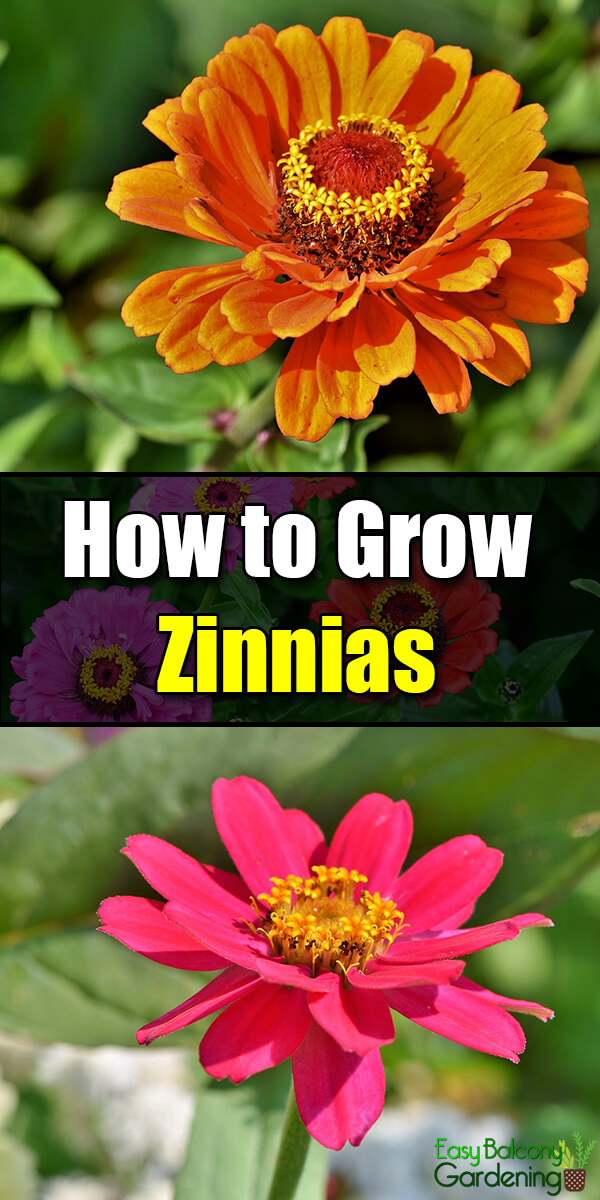If you are for garden pollinators, plant zinnias! They are garden flowers well-known for their striking hues: lilac, orange, red, chartreuse, white, yellow, and purple. Bees, butterflies, and hummingbirds love them! The zinnias are available in different varieties and you can choose the size and colors that will best fit your personality and garden. The miniature ones are great for container gardening.
Shopping for Zinnia Plants
Choose green plants with lots of leaves. Avoid those with wilted leaves or any other hint of disease. If possible, choose ones that are not blooming. You want that plant energy to go into root development instead of buds.
Cultivating Zinnias
Plant early in the season, but wait at least until all danger of frost is gone. Choose a site where the soil is rich, well-drained, and in full sun. Cover with soil or compost lightly, and then water thoroughly. Although zinnias like very hot weather, you should mulch the soil not just to cut down on the weeds but to keep the soil moist. If the weather is dry, water them once or twice a week as needed. Plant the zinnias about one-fourth of an inch deep and at least six inches apart. If your chosen variety has a height that calls for more space, plant it up to one foot apart. The variety elegans, for instance, can grow up to about three feet tall. Fertilize with a slow-release fertilizer at time of planting, then repeat every five weeks. You can use compost in lieu of the slow-release fertilizer. Although you should not over-trim the giant varieties, you need to trim those gangly stems. Pull out and discard the plants after the first frost.
Propagating Zinnias
Zinnias reseed themselves. Remove spent flowers, but allow the seed heads to dry out on the plant. After cutting the seed heads, lay the seeds out on a newspaper on a flat surface for further drying. When you think the seeds are completely dried out, you can keep them in a sandwich bag with a few grains of rice for next season. The grains will help absorb any left-over moisture. Just make sure to label the baggie, so you know what variety of zinnias you are keeping. That will help you remember how to space them, as plant spacing is determined by the height of the plants. You can directly sow the seeds into the ground, or you can seed them indoors for later transplanting. The advantage to indoor seeding is you will not have to guess at the proper spacing of plants thus avoiding the need to thin seedlings. Transplant the zinnias after the last frost in your area.
Pest and Diseases
Zinnias have some resistance to pests and diseases. However, if you do develop some problems, you can use organic repellents and, if necessary, fungicide. Water the zinnias in the morning with a soaking hose. This will help you avoid powdery mildew.
Zinnias will bloom until frost, so take advantage of this blooming season and give your garden that festive look. Deadhead spent blooms to encourage zinnias to keep blooming.








